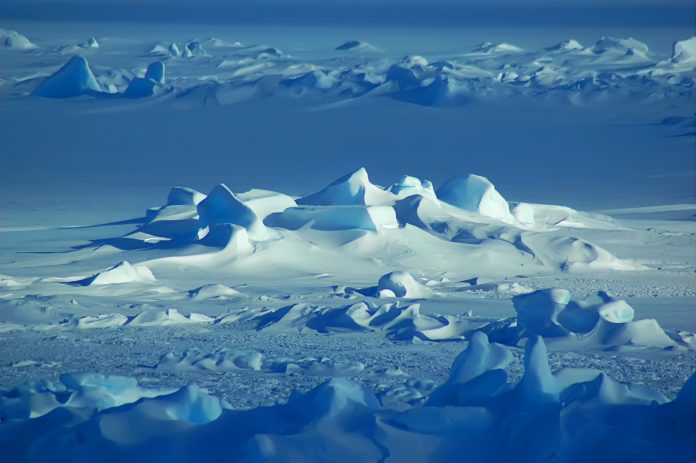The European Commission has revealed a new strategy for relations with the Arctic region, to secure access to rare earth minerals
Currently, the EU participates in Arctic warming by having an 8% share in global greenhouse gas emissions. The EU is also responsible for around 36% of Arctic deposition of black carbon – a particularly dangerous substance which speeds up melting of snow and ice surfaces and is a harmful air pollutant.
Now, the EU is moving to secure a different kind of relationship with the Arctic region.
Josep Borrell, High Representative of the European Union for Foreign Affairs and Security Policy/Vice-President of the Commission, said: “The Arctic is changing rapidly, owing to the impact of global warming, increased competition for natural resources and geopolitical rivalries. These developments show that Europe must define its geopolitical interests broadly to promote stability, safety and peaceful cooperation in the Arctic.”
But an altruistic dedication to climate change is probably not the driving factor behind the new Arctic region engagement strategy, released today (13 October).
The Arctic region is rich in rare earth minerals, which makes it crucial to countries which are seeking secure sources of rare earth as the ice melts and makes mining access easier. Some experts believe that satellite technology will be crucial to understanding where the resources are, and then enable exploitation of those resources.
Virginijus Sinkevičius, Commissioner for the Environment, Fisheries and Maritime Affairs said: “The Arctic region is warming three times faster than the rest of the planet. The melting of ice and thawing of permafrost in the Arctic further accelerate climate change and have huge knock-on effects. The EU is committed to make the Arctic safe, stable, sustainable and prosperous.
“Safe and stable, through enhanced international cooperation; sustainable and prosperous, by ensuring a strong link between the EU’s Arctic engagement and our climate policy, the European Green Deal and its blue economy dimension.”




![Europe’s housing crisis: A fundamental social right under pressure Run-down appartment building in southeast Europe set before a moody evening sky. High dynamic range photo. Please see my related collections... [url=search/lightbox/7431206][img]http://i161.photobucket.com/albums/t218/dave9296/Lightbox_Vetta.jpg[/img][/url]](https://www.openaccessgovernment.org/wp-content/uploads/2025/04/iStock-108309610-218x150.jpg)







Love animals